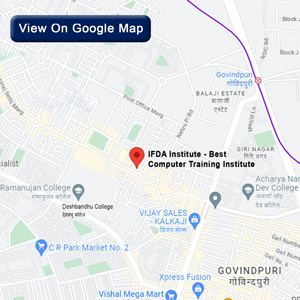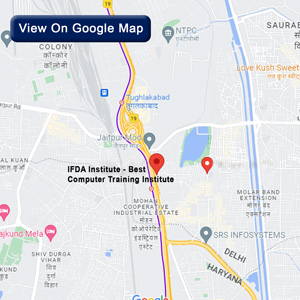Explaining Data Analysis in Research and Importance of the Subject

Data analysis is a critical component of almost all the research endeavors. Data warehousing is the process of collecting, reviewing, modifying, and structuring information to gain useful knowledge and for decision-making. As it has been established in the previous sections of this paper, data analysis is a critical component to the ability of the research process to draw patterns, test hypotheses, and draw conclusions from the study.
The goals of analyzing research data include:
This factor enables people to comprehend trends and even come up with theories from observation of the data obtained. Hypotheses and research questions that were developed were developed using statistical tests to assess the degree of significance. The ability to perform condensation and overview on vast arrays of compiled data, as well as representation of observed outcomes in the simplest, easily decoded form Searching for relationships between variables that might direct more research Ensuring that results that have been obtained are accurate and indeed valid when forming conclusions.
The data analysis process consists of 5 key steps:
1. Data preparation
This first step involves taking data from surveys, sensors, website logs, and other forms and normalizing or cleaning them so that they can be imported into analysis software. Roles that can be performed in this phase are error checking, dealing with the missing or inconsistent data, formatting data for use by software, code creation, and assigning a number of codes or defining the variables.
2. Initial Inspection
Here the analyst does a preview of processed data to identify trends, distributions, and relationships graphically and statistically. The nature of the later analysis is also guided by the early exploration. Guiding an analyst, such methods as identifying the central tendency (mean and/or median), considering the frequency of values, and observing variation in variables help.
3. In-depth Analysis
Methods of analysis are used in this core phase that are consistent with the research questions and hypotheses. Then, the rational will come, coming into an idea that you may be equipped with. You should apply specific statistical tests to the data under the interest of evaluation and also take the illustration of this sort of style and pattern to aid the forgone conclusions. Some examples of an analysis can be comparing the values of two or more groups, determining if data points belong to some cluster, generating an output from a model, or showing one or more variables’ dependency on another.
4. Interpretation
At this critical stage, the analytical results can draw the attention of the analyst to a specific interpretation and context. Contrasting the different analyses admits other accounts of the patterns revealed, takes account of the error and uncertainty level, and integrates the results with theory and previous research.
5. Communication of Conclusions
Here, the analyst presents the quantitative hypotheses of the research problem to stakeholders, which directly indicate where the research has gotten it right or wrong. Writing data and results requires the use of tables, graphs, and diagrams in a clear manner because the audiences should be able to see those crucial findings that can help them understand how conclusions were arrived at from the analysis.
Conslusions
Despite the fact that some of the activities involved may differ depending on the analytical viewpoint used, these deliverables outlined above give a broad structure of how to perform valid analysis. Findings from research consistently demonstrate that data have the potential to be highly influential when appropriate and correctly implemented analysis theories, techniques, and methods are used. In public health studies, identification of factors that influence prevention and control, up to the decision-making mechanisms on the analysis of social networks’ data, and accurate skills in data analysis support the researchers in making meaningful and reliable contributions towards different discussions and decision-making.
- Written By - Natasha Singh









